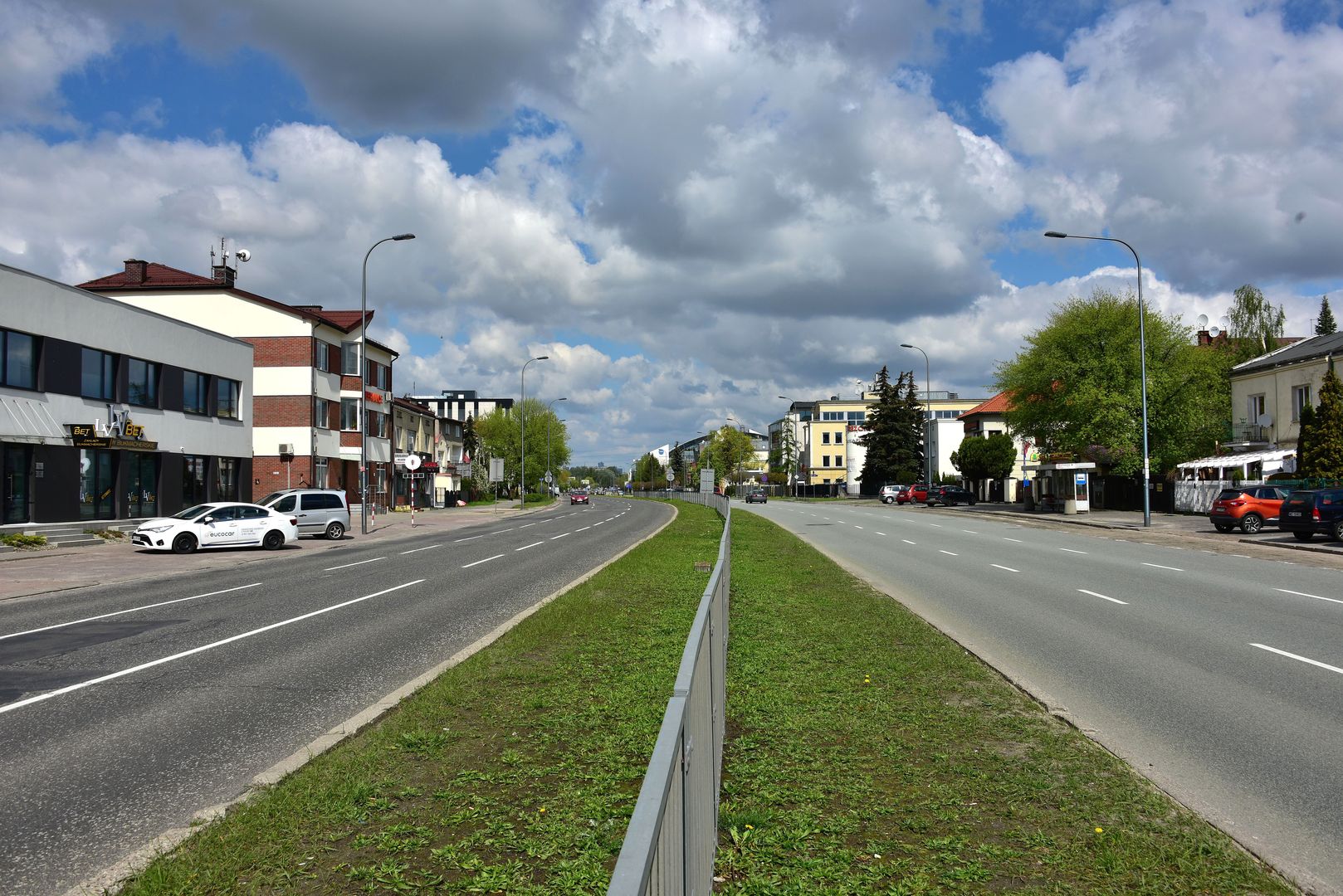Wiertnicza Street in Warsaw
6.16

Overview
Wiertnicza Street in Warsaw, which runs through the Mokotów and Wilanów districts, is an important communication route connecting various areas of the city. Its history dates back to the 19th century, when it was a field road linking Czerniaków with Wilanów. In the second half of the 19th century, a horse-drawn narrow-gauge railway was built here, increasing the street's importance as a transport artery. In 1937, a suburban tram line was opened, although during World War II, transportation was severely limited. After the war, changes were introduced in the development of urban infrastructure.
Architecturally, Wiertnicza Street features a variety of buildings, such as the historic Royal Forge converted into a restaurant, a neo-Renaissance building from 1850 that now houses the Wilanów Cultural Center and a restaurant, as well as embassies, including those of Saudi Arabia and Belarus. The street is also a symbolic place, with plaques commemorating actions of the Home Army and significant events from World War II.
One of the interesting features is the statue of St. John of Nepomuk, which was moved multiple times due to infrastructure development and now stands near the Media Business Centre. This location gained fame when it was immortalized in Krzysztof Kieślowski's film "A Short Film About Killing." Interestingly, Wiertnicza Street was once called 1 Maja Street, and in 1997, its length was significantly shortened, with a section being given a new name, which also impacted the history of this part of Warsaw. Thus, the street is not only an important point on the capital's map but also a witness to many significant historical and cultural events, making it an extremely interesting place to explore Warsaw's heritage.
Location
Tickets
Powered by GetYourGuide
2025 Wizytor | All Rights Reserved